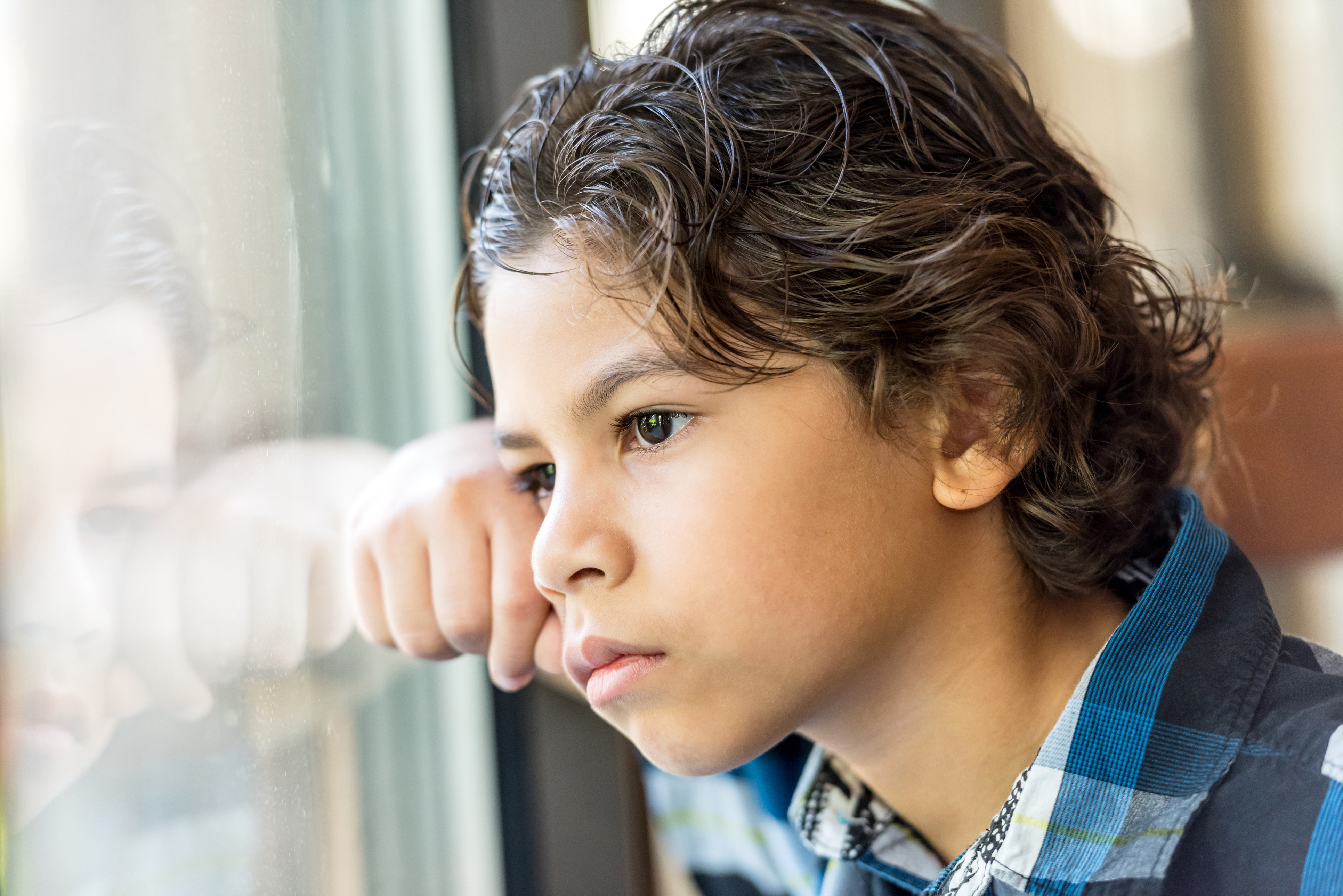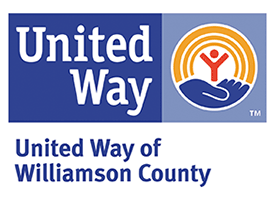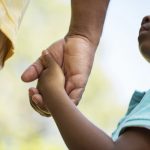Big Brothers Big Sisters’ Waiting List
Big Brothers Big Sisters works hard to match as many kids who want mentors as possible. Unfortunately, matching all of the kids who apply doesn’t just automatically happen. Consequently, kids end up on our “waiting list.” We talked with Joe Strychalski, BBBS’ Vice President of Programs, to explore why this happens and how more kids can be moved off the waiting list and into the mentoring relationships they need and deserve.
What is BBBS’ “waiting list” and who is on it?
JS: We always have far more kids and parents who inquire about getting matched with a Big Brother or Sister than we can accommodate (match). Our “waiting list” consists of those kids/families who have inquired about getting matched, but who we can’t immediately start in the enrollment process. We keep all of their information, and when we reach the point where we can actively start looking for a match for them, we’ll call them to set up an interview and get them started in the process.
We try to be open, upfront and realistic about matching kids. Our goal is that anyone we interview and take through the full enrollment process is someone we feel we can find a great match for – and quickly. This is the best use of staff time, makes for the most effective matches, and gives kids/families the most realistic picture of our ability to match them with a Big Brother or Sister.
Why do we have a waiting list?
JS: Two things: supply and demand, and money.
Every BBBS agency I know of receives more inquiries from kids/parents than 1) inquiries from volunteers, and 2) than they can effectively match. Part of the challenge is that typically about 70% of inquiries are to enroll Little Brothers, while only about 30% of inquiries to volunteer are from Big Brothers – so there’s a major imbalance in folks coming into the program. We typically have around 600 kids on our waiting list and around 80% or more of those kids are boys. Big Brothers who come into our program, who enroll, and who are approved, get matched very quickly, but we never have enough men volunteering to fill the need.
By money, we mean contributions and revenue to help us hire more staff to serve more kids. Throughout our process, each department (Customer Relations, Enrollment and Match Support) consistently operates at full capacity. For example, we have a team of about 8 Match Support Specialists who introduce new Bigs and Littles and support existing matches. We estimate that each MSS can support 85-90 matches at most and still maintain a high level of service to their matches. This level of quality is critical to our ability to achieve positive outcomes for each of the kids we match. We could serve more kids at a lower level, but that would negate much of the impact that we see in high-quality, professionally-supported mentoring relationships. Over the last year, our entire staff has been operating at 98-100% of our projected capacity in every area. We’re doing our best to have the biggest impact on as many kids as we can. If we were able to hire more staff, we could serve more matches and move more kids off the waiting list and through the process more quickly.
What is the impact of the waiting list on some of our matches? Are there situations where one sibling is matched and another is not?
JS: We do our best to move families through the process together and not leave one sibling matched and another or others waiting for very long. Again, we want to make the best possible matches, but we consider all siblings in a family when we start the enrollment process.
We also do our best to keep siblings on the same Match Support Specialist caseload. Our staff do a great job of establishing trust and healthy relationships with each of our families and often, it’s best when one staff member can be the point of contact for families with multiple kiddos.
The waiting list has gone down. What have we done to achieve this success?
JS: Over the last year, our Customer Relations team has done a great job of reaching out to those on the waiting list to ensure that families are still engaged with us as well as looking for kids we are likely to be able to match more quickly. We have received some funding from grants and foundations that has helped us to serve populations that can often be a bit harder to match. We have also been tracking our volunteer inquiries closely and looking for kids on the waiting list who are likely to be a good fit for the volunteers who are coming into the program. Along with this, we have been starting with those who have been on the waiting list the longest and trying to move these kids forward more quickly than we’ve been able to in the past. Often when we have parents/guardians and kids who inquired a year or two ago, who have patiently been waiting to start the process, and who continue to want to be in the program – these are the kids and families who will thrive in a match. They’re committed, engaged, and excited.
However, the wait list constantly fluctuates. At times, we have more than 700 kids waiting, and recently we’ve decreased that to around 500. BUT, we typically receive more inquiries early in the year than throughout the summer and late in the year, so our list is likely to move back over 600 in the beginning of 2018.
How can people help? What is needed to reduce the list even further?
JS: We will always need more male volunteers and funding to serve more kids.
Male Volunteers – As mentioned, our wait list is almost completely full of Little Brothers wanting Big Brothers. We never have enough men volunteering as Bigs. Of the approx. 600 kids waiting, about 500 of those are boys.
Also, typically about 90% of the young people we serve are from minority populations (mainly Hispanic and African-American), while nearly 70% of our volunteers are Caucasian. So about 450 of the young people on our waiting list are boys and young men of color.
Although we do match across ethnicities and see positive outcomes from these matches, Littles and families often ask to be matched with a Big of the same race/ethnicity, feeling that this Big may be able to better relate to the Little, and to understand the challenges they’re facing.
Regarding volunteer Bigs, we always have a need for men, men of color and bilingual Bigs (both male and female).
Funding – Even if we had an influx of hundreds of male volunteers, we wouldn’t necessarily be able to enroll and match them as quickly as we would like to because of the need for more staff to support them.
Is there still a need?
JS: Absolutely – and there always will be, particularly as our region grows. BBBS will always have kids/families wanting mentors. My hope is that, while we will always have a “waiting list,” we will start to be able to move people through the process much more quickly and efficiently. And, instead of telling people that they’ll have to wait to be interviewed and start the process, we’ll be able to get them enrolled and immediately start looking for a good match.
One of the things we share with both families/kids and Bigs is that we never guarantee how long it will take to find a match. We would rather take more time to make a good match, than force a potential bad match to happen quickly. Creating quality matches is our highest priority.









